Table of Contents
Loose stones are a workshop’s lifeblood - yet broken tips, mixed‑up parcels, or heat‑faded colors can erase profit fast. Use the steps below to master how to store gemstones, track inventory, and ship orders without a chip or scratch. Every point we cover is geared to small studios and growing e‑commerce brands that handle thousands of carats a year.
1. Set Up a “Gem‑Safe” Zone
Why it matters – Dust, sunlight, and humidity are silent killers. Creating one clean, climate‑controlled corner solves half of your future headaches.
-
Temperature & humidity: Aim for 18‑24 °C (64‑75 °F) and < 55 % RH. A desktop hygrometer plus silica packs in drawers gives reliable moisture protection for gemstones - critical for opal stone, turquoise, and malachite gemstone.
-
Light: Store trays in closed cabinets or darkness. UV bleach hits amethyst and kunzite quickest; keeping lids closed protects gemstones from sunlight and color fade.
-
Clean surface policy: Line benches with jeweler’s paper or silicone mats. This reduces micro‑scratches and keeps small calibrated stones from bouncing away.

For more on sensitive species, scan our blogs on -
➡️ Citrine Crystal Care: How to Clean, Cleanse & Charge
➡️ How to Care for Malachite
➡️ How to care for Opal
All of them discuss light and moisture limits in detail.
2. Choose the Right Containers
A good container keeps your gems from banging, scratching, or getting lost. Here’s what works and why, in everyday language:
|
Container |
Best For |
Why It Helps |
|
Grooved gem boxes (foam with little channels) |
Faceted stones—the ones with flat “tables” and pointed “bottoms.” |
The grooves stand each stone upright so their points don’t scrape each other. |
|
Small coin capsules (clear, round snap‑cases) |
Single cabochons or any stone that’s pricey or fragile. |
Hard plastic shell + a tiny felt pad = no rattling, no chips. |
|
Zipper‑seal bags inside a plastic jar |
Bead strands or lots of tiny chips. |
Bag keeps beads together; jar stops them from being squished. Write size and weight on the bag with a Sharpie. |
|
Stackable trays with tight lids |
Large assortments you need to see at a glance. |
Trays slide into one drawer, the lids keep out dust and grit. |
Must‑do rule: Put a clear label on every box or bag the moment a stone goes in. Skipping labels today means you’ll be guessing, and losing money tomorrow.
3. Color‑Coded Sorting System
Learning how to organize gemstones means building a visual code you (and staff) can read at a glance.
1. Primary color tags – red labels = rubies, green = garnet & peridot, blue = sapphire & apatite.

2. Secondary size dots – small, medium, large stickers on box corners speed picking for setters.
3. Grade sliders – A/AA/AAA printed on removable tape lets you re‑grade parcels after inspection.

Need more sorting inspiration? See Top 20 Affordable Gemstones Every Jewelry Maker Must Stock - we group stones by price tier and durability, perfect for shelf planning.
4. Digital Inventory: Track Before You Stack
Paper slips get lost; spreadsheets forget to update. A cheap barcode printer + Google Sheets solves how to organize gemstone inventory for jewelry making:
-
Generate a short SKU: species‑size‑grade (e.g., AME‑5x7‑AA).
-
Print barcode, stick on box lid.
-
Scan in/out at each production step.
Linking barcodes to a master file prevents over‑ordering and flags low stock before an urgent client job.
5. Safe Handling in the Workshop
Learning how to handle gemstones safely keeps polish perfect and girdles intact.
-
Always use curved tip gem tweezers—flat tips scratch soft stones.

-
Lay stones table‑down on lint‑free cloth during grading; it prevents dust micro‑abrading the crown.

-
Ultrasonic cleaners? Only for quartz family, topaz, sapphire. Never for opal, emerald, turquoise, or fracture‑filled gems.
 See “Which Stones Are Ultrasonic‑Safe?” section in our “How to Cleanse, Charge & Activate Crystals at Home” guide.
See “Which Stones Are Ultrasonic‑Safe?” section in our “How to Cleanse, Charge & Activate Crystals at Home” guide.These small habits are the core of how to keep gemstones safe during jewelry production.
6. Prevent Scratches & Chips During Setting
Knowing how to protect gemstones from scratches saves remake costs:
-
Tape prong tips with micropore tape while testing seat fit on softer gems (moissanite, spinel, garnet stone).
-
Use wax setting sticks rather than fingers—oils can stain turquoise and opal.
-
Check seat burr for sharp edges; polishing the seat with a rubber wheel stops metallic scuffs on a stone’s girdle.
7. Damage‑Free Transport Inside Your Studio
Stones often move from storage to setter to polisher. To prevent gemstone damage during transport:
-
Load boxed stones into padded tool caddies - no loose jars rattling in drawers.
-
Use color‑coded route trays: blue tray = needs setting, green = set, yellow = QC.
-
Close lids before walking anywhere—one dropped cab can roll into oblivion.
8. How to Ship Gemstones Safely to Clients or Labs
Follow these how to ship gemstones safely basics:
-
Wrap each box or capsule in a layer of foam sheet.
-
Place wrapped stones in a small rigid inner carton - no empty space means no momentum.
-
Seal the inner carton, then nest inside a larger box with packing peanuts or air pillows.
-
Mark “Fragile - Do Not X‑Ray” if sending stones like opal that contain water.
-
Use insured, trackable courier services; photograph contents before sealing.

9. Long‑Term Preservation & Rotation Schedule
Even boxed stones age. Set a calendar reminder:
-
Quarterly checks – open trays, inspect for moisture, tarnish, or fading.
-
Swap silica packets every six months.
-
Rotate sensitive gems (kunzite, fluorite) away from light‑exposed shelves every 60 days.
These routine gemstone preservation tips stop unpleasant surprises during rush orders.
10. Workshop Safety Cheat‑Sheet
-
How to handle gemstones with care in the workshop: tweezers, lint‑free pads, no sweaty fingers.

-
How to protect gemstones from scratches: individual slots, foam lids, tape prongs during setting.

-
Moisture protection for gemstones: silica gel, sealed trays, sub‑55 % RH.

-
Protect gemstones from sunlight: store closed; avoid direct light for amethyst, kunzite, opal.

-
How to organize gemstone collection: color tags + size dots + barcode SKUs.

-
How to store gemstones: grooved boxes, coin capsules, stack trays, climate control.

-
Prevent gemstone damage during transport: padded inner box, rigid outer carton.
-
How to keep gemstones safe during jewelry production: taped prongs, rubber burr polish, wax pickup.

11. Extra Reading for Deep Dives
If you’d like to round out your gemstone‑care skill set, tuck these posts into your reading queue:
-
Cut & Grade – How Semi‑Precious Gemstones Are Graded: A Complete Guide to Clarity & Color - Understand the letter‑grade scales so you can label each tray correctly.
-
Procurement & Price –
• The Jewelry Maker’s Gemstone Buying Guide
• How to Calculate Cost Per Carat for Bulk Purchase
Great follow‑ups if you’re stocking new lots and need tight cost control. -
Care & Cleansing – How to Cleanse, Charge & Activate Crystals at Home
Master article on cleansing and caring of crystals. Handy references when customers ask about energetics or post‑sale upkeep. -
Trend Forecasting – 2025 Jewelry Trends and the Gemstones Behind Them
Plan your next buying list around colors and cuts that will headline next season.
Dip into any of these guides whenever you need deeper detail, the tips dovetail neatly with the storage and handling practices you’ve just set up.
A tidy gem room equals fewer lost stones, smoother production, and happier clients. Implement these storage and organization habits now; your future self (and your profit margin) will thank you.
Need fresh stock to fill those new trays? Browse the latest parcels at our best online gemstone store and keep building a collection that stays brilliant for years.
Frequently Asked Questions:
1. What is the best way to store loose gemstones?
Keep gemstones in soft, separate pouches or compartmentalized boxes to prevent scratches and damage.
2. Can I store all gemstones together?
No, gemstones should be stored separately since harder stones like diamonds can scratch softer ones.
3. Do gemstones need special temperature or light conditions?
Yes, store gemstones in a cool, dry place away from direct sunlight to prevent fading or cracks.
4. How should I organize gemstones by type or size?
Use labeled containers or trays to sort gemstones by type, size, or color for easy access.
5. Can I use plastic bags for storing gemstones?
Plastic bags are not ideal long-term; soft fabric pouches or lined boxes are better to protect the stones.
6. How do I keep track of gemstone inventory as a jewelry maker?
Maintain a catalog (digital or notebook) with details like type, weight, and quantity for efficient organization.
7. Do gemstones require regular cleaning before storage?
Yes, clean gemstones with a soft cloth before storing to remove dust, oils, or residues that may cause damage over time.
Visited 1194 No. of Time(s), 754 Visit(s) Today
 Abalone shell (121)
Abalone shell (121)
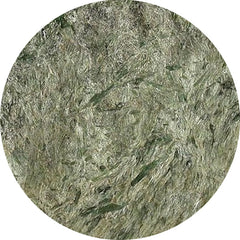 Actinolite (1)
Actinolite (1)
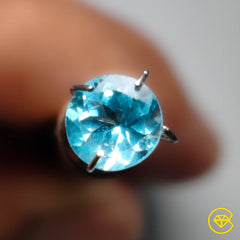 Affordable gemstones (17212)
Affordable gemstones (17212)
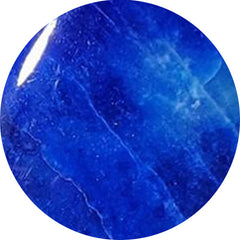 Afghanite (7)
Afghanite (7)
 Agate (2498)
Agate (2498)
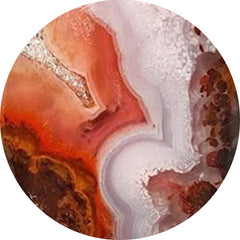 Agua nueva (11)
Agua nueva (11)
 All gemstones (1)
All gemstones (1)
 Amazonite (160)
Amazonite (160)
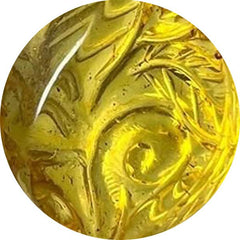 Amber (99)
Amber (99)
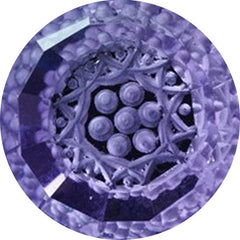 Amethyst (573)
Amethyst (573)
 Ametrine (21)
Ametrine (21)
 Ammolite (23)
Ammolite (23)
 Ammonite (65)
Ammonite (65)
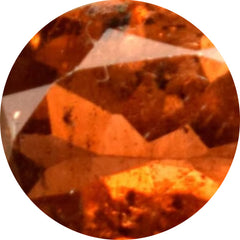 Andalusite (1)
Andalusite (1)
 Andamooka opal (0)
Andamooka opal (0)
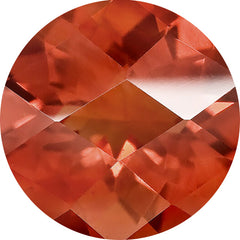 Andesine (0)
Andesine (0)
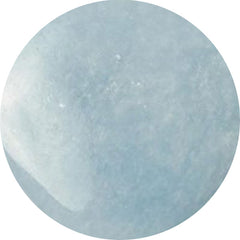 Angelite (28)
Angelite (28)
 Apache gold (22)
Apache gold (22)
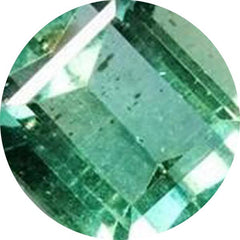 Apatite (141)
Apatite (141)
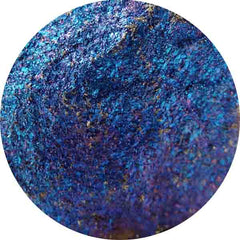 Apophyllite (1)
Apophyllite (1)
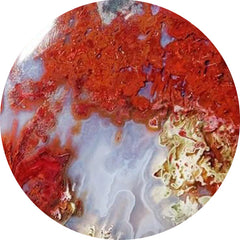 Apple valley agate (1)
Apple valley agate (1)
 April birthstone (1841)
April birthstone (1841)
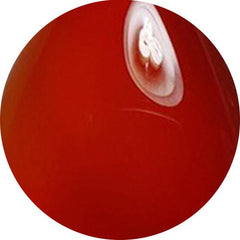 Aqeeq (0)
Aqeeq (0)
 Aqua chalcedony (19)
Aqua chalcedony (19)
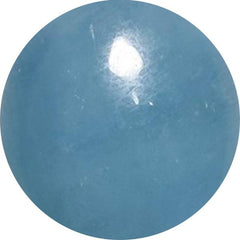 Aquamarine (74)
Aquamarine (74)
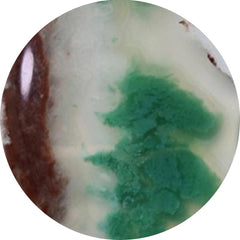 Aquaprase (60)
Aquaprase (60)
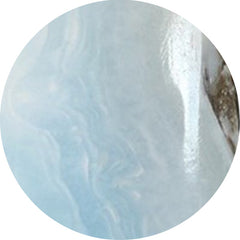 Aragonite (16)
Aragonite (16)
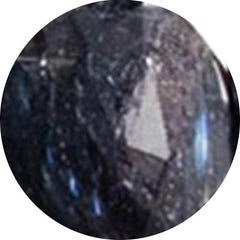 Arfvedsonite (12)
Arfvedsonite (12)
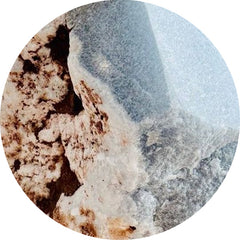 Aristolite (0)
Aristolite (0)
 Arizona turquoise (0)
Arizona turquoise (0)
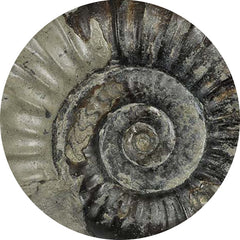 Arnioceras semicostatum fossil (0)
Arnioceras semicostatum fossil (0)
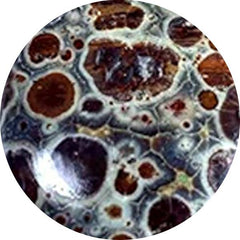 Asteroid jasper (12)
Asteroid jasper (12)
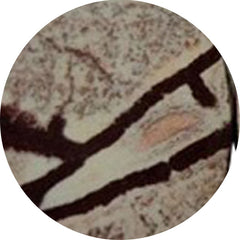 Astrophyllite (53)
Astrophyllite (53)
 Atlantasite (88)
Atlantasite (88)
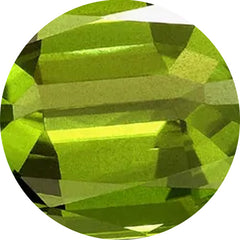 August birthstone (98)
August birthstone (98)
 Aura quartz (0)
Aura quartz (0)
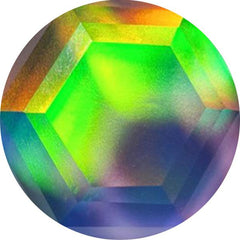 Aurora opal (304)
Aurora opal (304)
 Australian opal (18)
Australian opal (18)
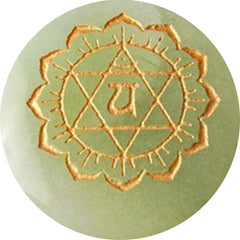 Aventurine (64)
Aventurine (64)
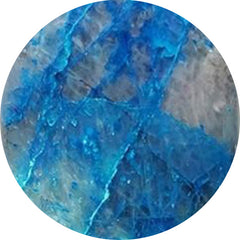 Azurite (284)
Azurite (284)
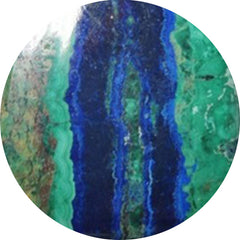 Azurite malachite (19)
Azurite malachite (19)
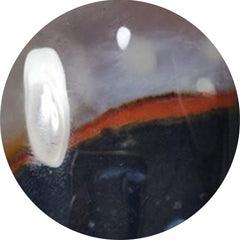 Banded agate (82)
Banded agate (82)
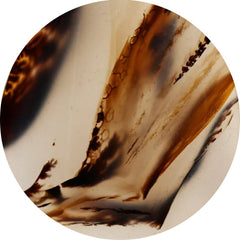 Barber agate (0)
Barber agate (0)
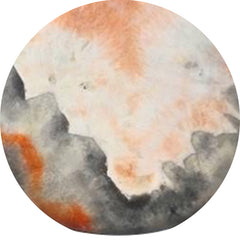 Barite (13)
Barite (13)
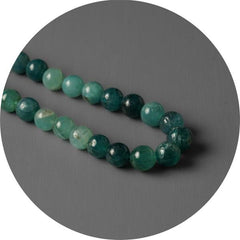 Beads (50)
Beads (50)
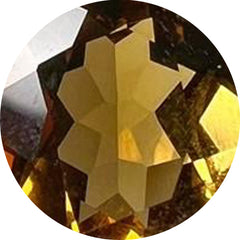 Beer quartz (23)
Beer quartz (23)
 Berber agate (4)
Berber agate (4)
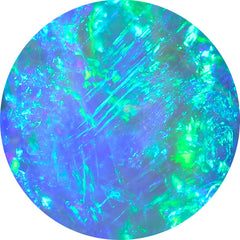 Best seller (0)
Best seller (0)
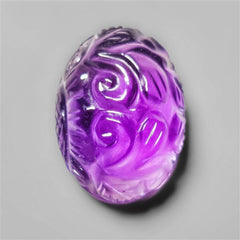 Bestsellers: a selection of our most-loved stones (406)
Bestsellers: a selection of our most-loved stones (406)
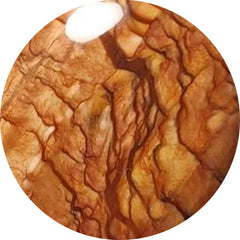 Biggs jasper (25)
Biggs jasper (25)
 Bird carving (117)
Bird carving (117)
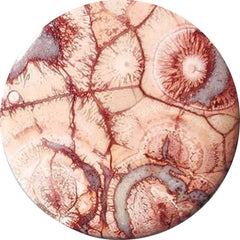 Bird eye jasper (47)
Bird eye jasper (47)
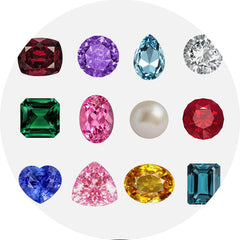 Birthstones (0)
Birthstones (0)
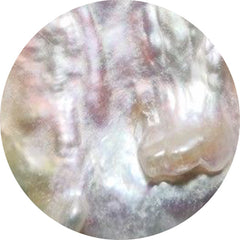 Biwa pearl (34)
Biwa pearl (34)
 Black friday deals (34)
Black friday deals (34)
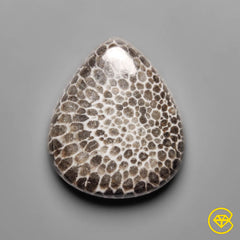 Black gemstones (956)
Black gemstones (956)
 Black onyx (178)
Black onyx (178)
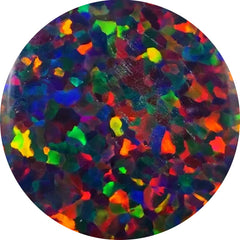 Black opal (50)
Black opal (50)
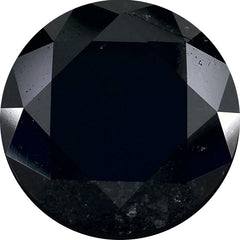 Black spinel (33)
Black spinel (33)
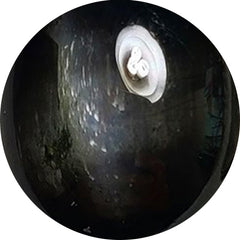 Black star (31)
Black star (31)
 Black tourmaline (76)
Black tourmaline (76)
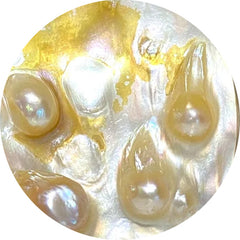 Blister pearl (30)
Blister pearl (30)
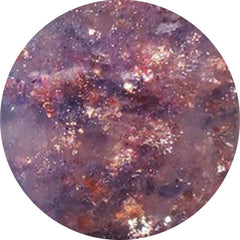 Bloodshot iolite (76)
Bloodshot iolite (76)
 Bloodstone (69)
Bloodstone (69)
 Blue chalcedony (51)
Blue chalcedony (51)
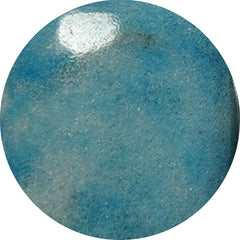 Blue diopside (0)
Blue diopside (0)
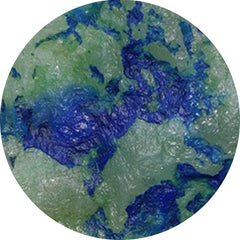 Blue horizon (15)
Blue horizon (15)
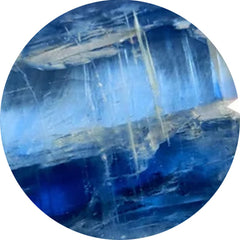 Blue kyanite (37)
Blue kyanite (37)
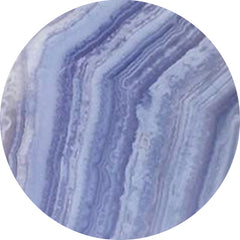 Blue lace agate (256)
Blue lace agate (256)
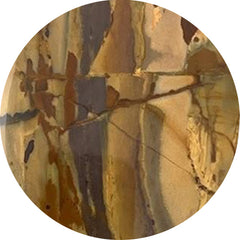 Blue mountain jasper (0)
Blue mountain jasper (0)
 Blue opal (162)
Blue opal (162)
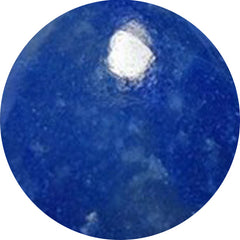 Blue quartz (40)
Blue quartz (40)
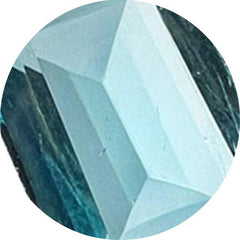 Blue topaz (51)
Blue topaz (51)
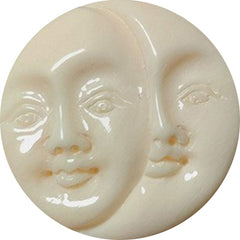 Bone (9)
Bone (9)
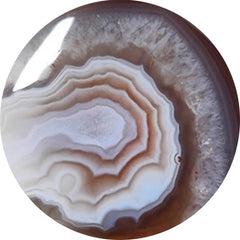 Botswana agate (245)
Botswana agate (245)
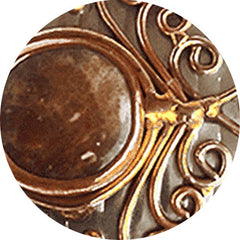 Bronze (0)
Bronze (0)
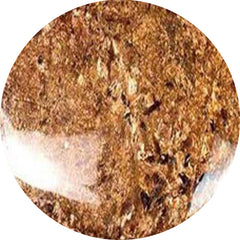 Bronzite (2)
Bronzite (2)
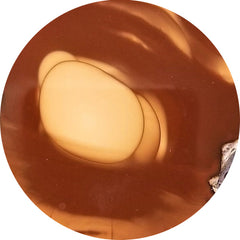 Bruneau jasper (15)
Bruneau jasper (15)
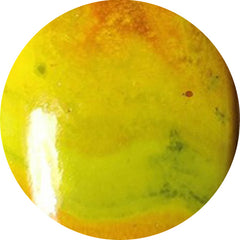 Bumble bee jasper (199)
Bumble bee jasper (199)
 Buy gemstones in usa (888)
Buy gemstones in usa (888)
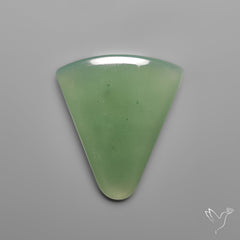 Cabochons (12937)
Cabochons (12937)
 Cacoxenite (65)
Cacoxenite (65)
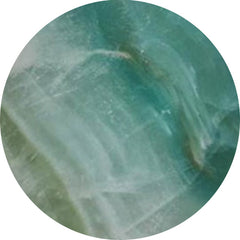 Calcite (219)
Calcite (219)
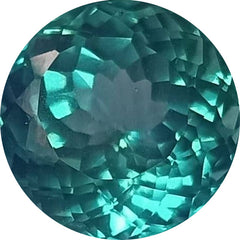 Calibrated (137)
Calibrated (137)
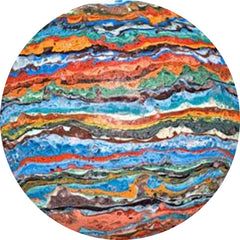 Calsilica (0)
Calsilica (0)
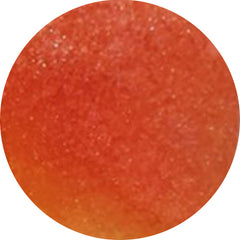 Candy corn (6)
Candy corn (6)
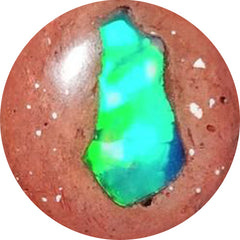 Cantera opal (17)
Cantera opal (17)
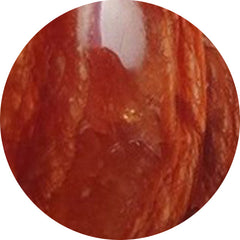 Caramel opal (2)
Caramel opal (2)
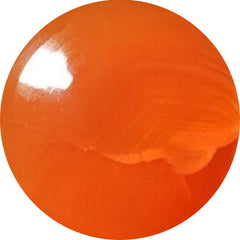 Carnelian (44)
Carnelian (44)
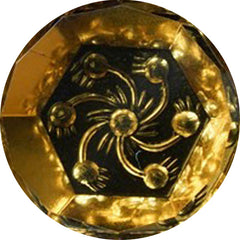 Carving (1766)
Carving (1766)
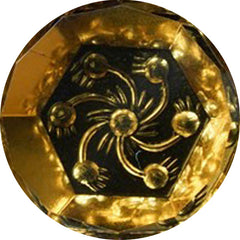 Carvings (2025)
Carvings (2025)
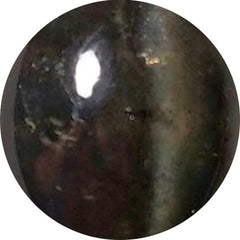 Cats eye (60)
Cats eye (60)
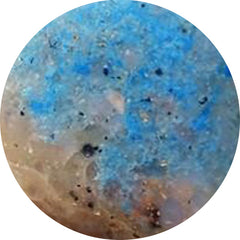 Cavansite (16)
Cavansite (16)
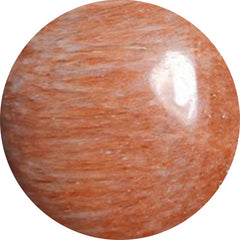 Celestobarite (7)
Celestobarite (7)
 Ceruleite (0)
Ceruleite (0)
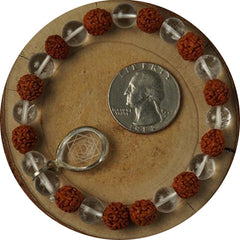 Chakra stone (31)
Chakra stone (31)
 Chalcedony (457)
Chalcedony (457)
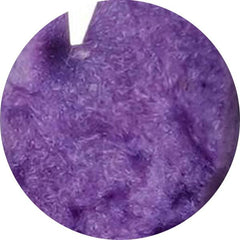 Charoite (190)
Charoite (190)
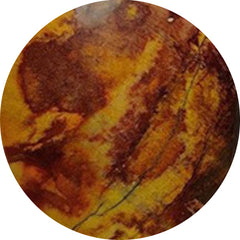 Cherry creek jasper (10)
Cherry creek jasper (10)
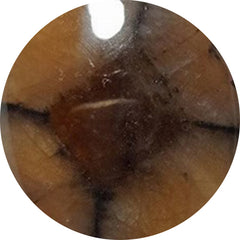 Chiastolite (16)
Chiastolite (16)
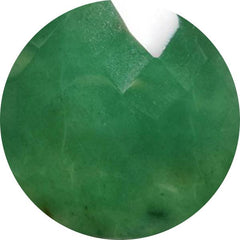 Chrome chalcedony (79)
Chrome chalcedony (79)
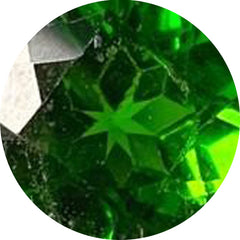 Chrome diopside (26)
Chrome diopside (26)
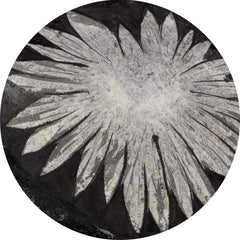 Chrysanthemum fossil (0)
Chrysanthemum fossil (0)
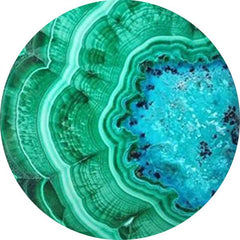 Chrysocolla (419)
Chrysocolla (419)
 Chrysocolla malachite (74)
Chrysocolla malachite (74)
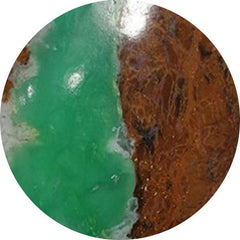 Chrysoprase (351)
Chrysoprase (351)
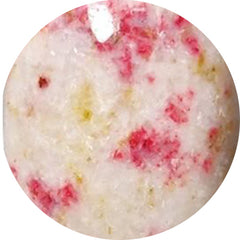 Cinnabar (15)
Cinnabar (15)
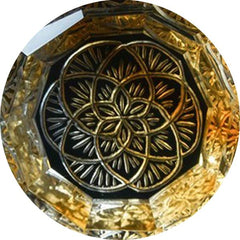 Citrine (108)
Citrine (108)
 Cobalto calcite (66)
Cobalto calcite (66)
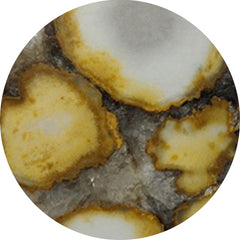 Cobra jasper (29)
Cobra jasper (29)
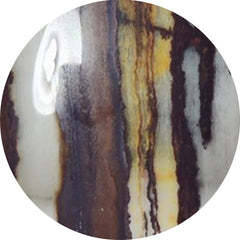 Coconut jasper (2)
Coconut jasper (2)
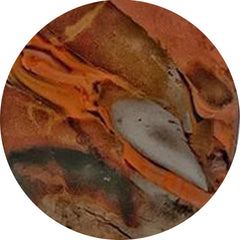 Coffee bean jasper (2)
Coffee bean jasper (2)
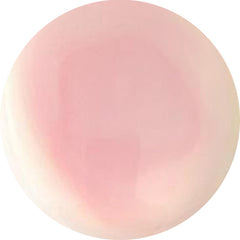 Conch shell (6)
Conch shell (6)
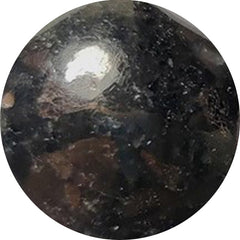 Coppernite (0)
Coppernite (0)
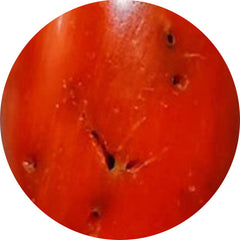 Coral (350)
Coral (350)
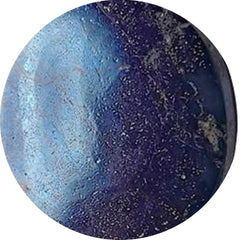 Covellite (4)
Covellite (4)
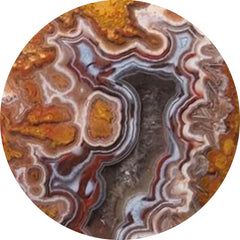 Crazy lace agate (189)
Crazy lace agate (189)
 Crystal (202)
Crystal (202)
 Cuprite (27)
Cuprite (27)
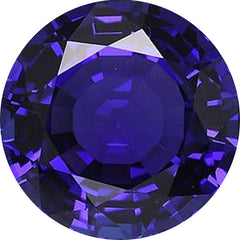 December birthstone (286)
December birthstone (286)
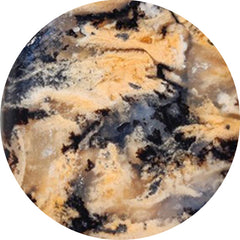 Dendritic agate (464)
Dendritic agate (464)
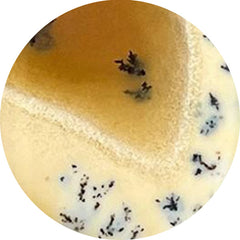 Dendritic opal (76)
Dendritic opal (76)
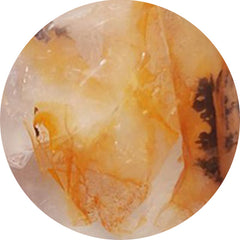 Dendritic quartz (2)
Dendritic quartz (2)
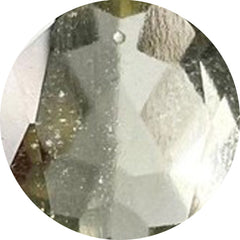 Desert glass (9)
Desert glass (9)
 Desert jasper druzy (14)
Desert jasper druzy (14)
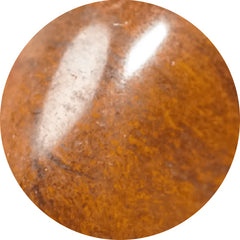 Desert sunset jasper (12)
Desert sunset jasper (12)
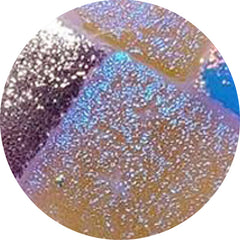 Dichroic glass (143)
Dichroic glass (143)
 Dinosaur bone fossil (3)
Dinosaur bone fossil (3)
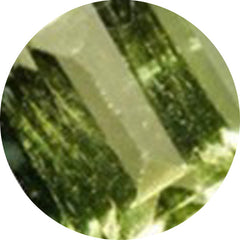 Diopside (60)
Diopside (60)
 Doublets (860)
Doublets (860)
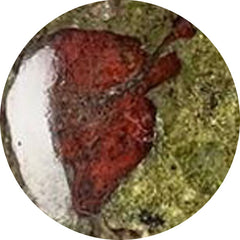 Dragonblood jasper (1)
Dragonblood jasper (1)
 Druzy (439)
Druzy (439)
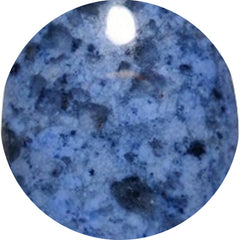 Dumortierite (60)
Dumortierite (60)
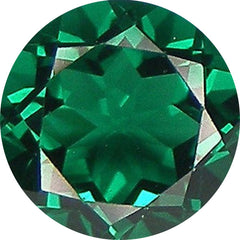 Emerald (65)
Emerald (65)
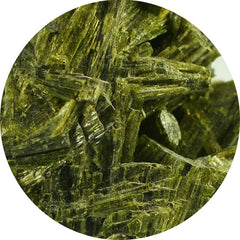 Epidote (10)
Epidote (10)
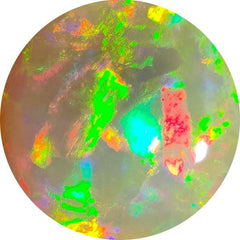 Ethiopian opal (108)
Ethiopian opal (108)
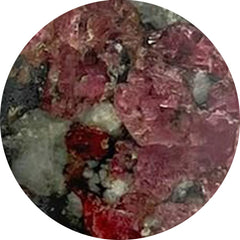 Eudialyte (11)
Eudialyte (11)
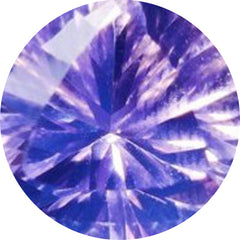 Faceted rose cut (2466)
Faceted rose cut (2466)
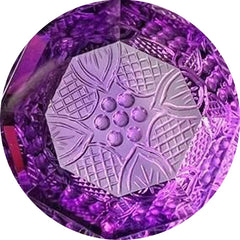 Fantasy cuts (50)
Fantasy cuts (50)
 Fawn jasper (11)
Fawn jasper (11)
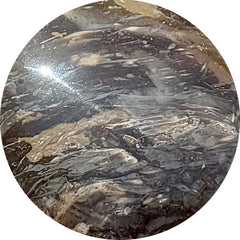 Feather agate (0)
Feather agate (0)
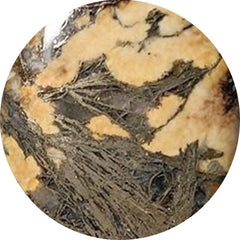 Feather pyrite (39)
Feather pyrite (39)
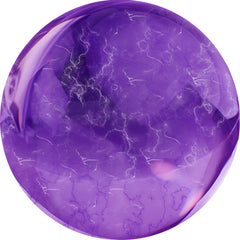 February birthstone (2871)
February birthstone (2871)
 Fine amethyst (32)
Fine amethyst (32)
 Fine ametrine (21)
Fine ametrine (21)
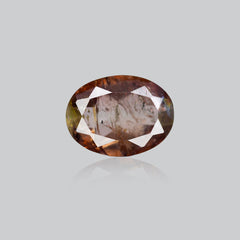 Fine andalusite (1)
Fine andalusite (1)
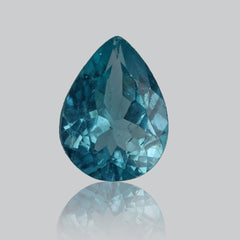 Fine apatite (5)
Fine apatite (5)
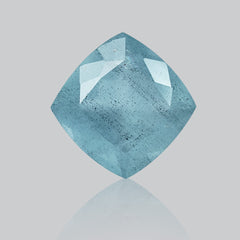 Fine aquamarine (8)
Fine aquamarine (8)
 Fine black opal (6)
Fine black opal (6)
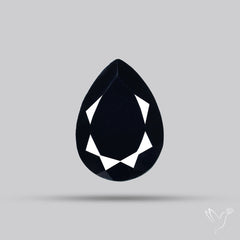 Fine black spinel (14)
Fine black spinel (14)
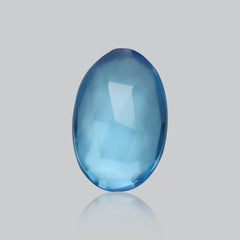 Fine blue topaz (30)
Fine blue topaz (30)
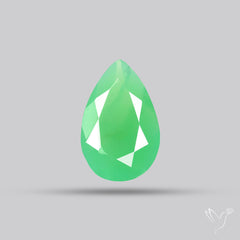 Fine chrysoprase (16)
Fine chrysoprase (16)
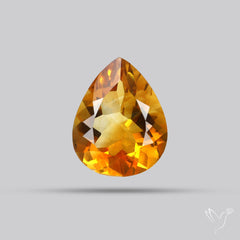 Fine citrine (23)
Fine citrine (23)
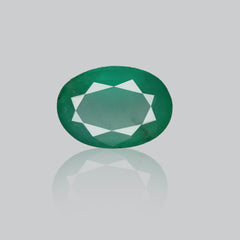 Fine emerald (11)
Fine emerald (11)
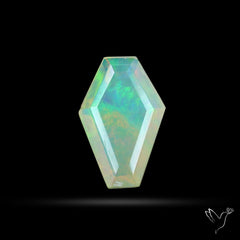 Fine ethiopian opal (17)
Fine ethiopian opal (17)
 Fine fire opal (7)
Fine fire opal (7)
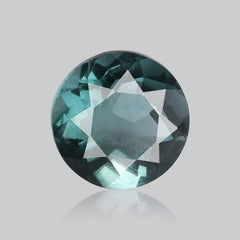 Fine fluorite (12)
Fine fluorite (12)
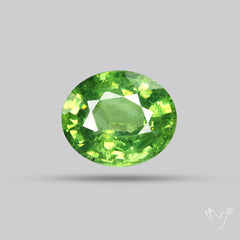 Fine garnet (37)
Fine garnet (37)
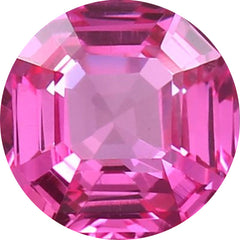 Fine gemstone (0)
Fine gemstone (0)
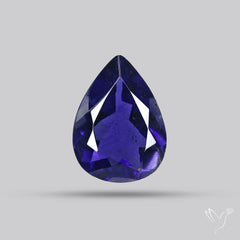 Fine iolite (31)
Fine iolite (31)
 Fine kyanite (28)
Fine kyanite (28)
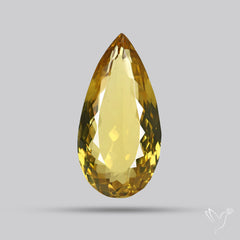 Fine lemon quartz (14)
Fine lemon quartz (14)
 Fine lepidocrocite (45)
Fine lepidocrocite (45)
 Fine moldavite (21)
Fine moldavite (21)
 Fine moonstone (6)
Fine moonstone (6)
 Fine peridot (55)
Fine peridot (55)
 Fine prasiolite (26)
Fine prasiolite (26)
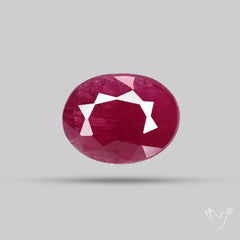 Fine ruby (15)
Fine ruby (15)
 Fine rutilated quartz (19)
Fine rutilated quartz (19)
 Fine sapphire (6)
Fine sapphire (6)
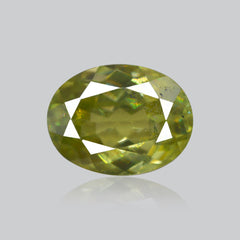 Fine sphene (17)
Fine sphene (17)
 Fine sunstone (79)
Fine sunstone (79)
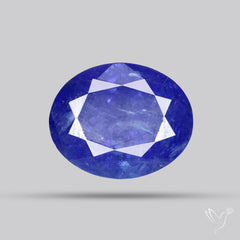 Fine tanzanite (50)
Fine tanzanite (50)
 Fine tourmaline (67)
Fine tourmaline (67)
 Fire agate (6)
Fire agate (6)
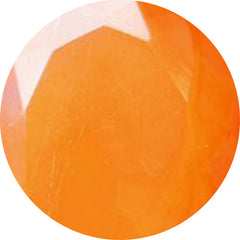 Fire opals (42)
Fire opals (42)
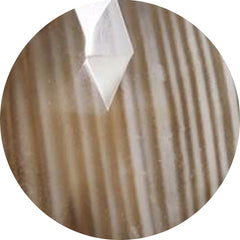 Flint stone (10)
Flint stone (10)
 Fluorite (151)
Fluorite (151)
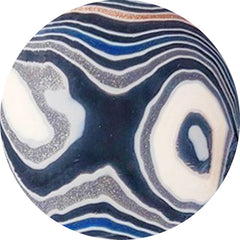 Fordite (63)
Fordite (63)
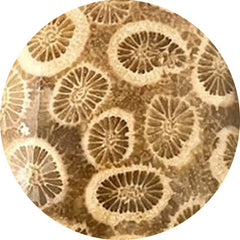 Fossil coral (318)
Fossil coral (318)
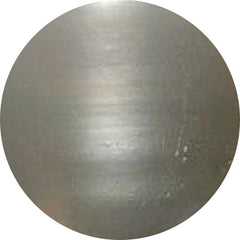 Fossil marston marble (19)
Fossil marston marble (19)
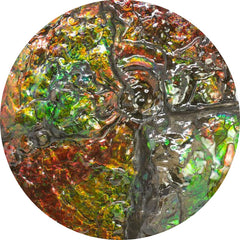 Fossils (508)
Fossils (508)
 Freshwater pearl (22)
Freshwater pearl (22)
 Fruit jasper (14)
Fruit jasper (14)
 Fuchsite (7)
Fuchsite (7)
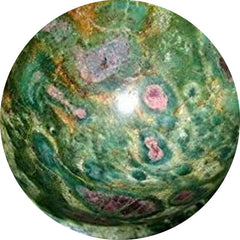 Fuschite (10)
Fuschite (10)
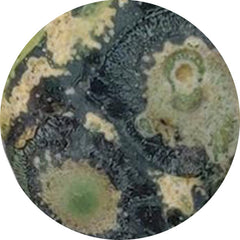 Galaxy jasper (9)
Galaxy jasper (9)
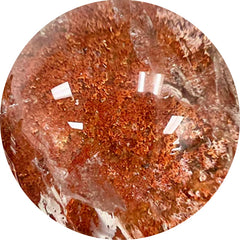 Garden quartz (6)
Garden quartz (6)
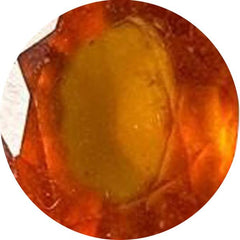 Garnet (122)
Garnet (122)
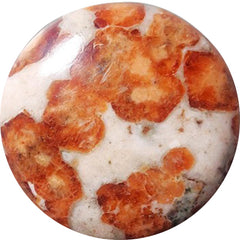 Garnet in limestone (36)
Garnet in limestone (36)
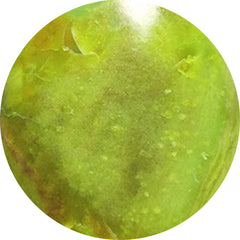 Gaspeite (12)
Gaspeite (12)
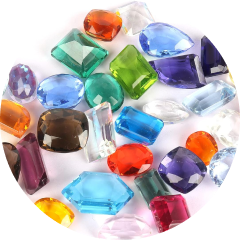 Gemstone lots (434)
Gemstone lots (434)
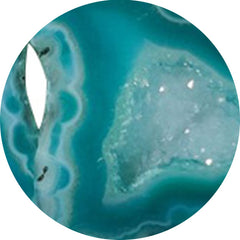 Geode (32)
Geode (32)
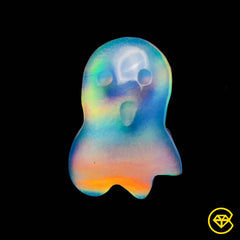 Ghost carving (55)
Ghost carving (55)
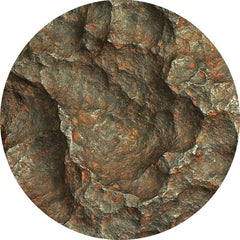 Gibeon meteorite (23)
Gibeon meteorite (23)
 Gila monster agate (16)
Gila monster agate (16)
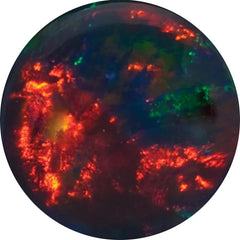 Gilson opal (22)
Gilson opal (22)
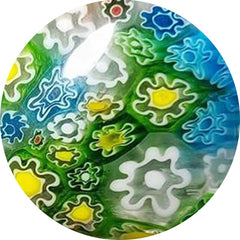 Glass (180)
Glass (180)
 Glow stone (12)
Glow stone (12)
 Goldstone (34)
Goldstone (34)
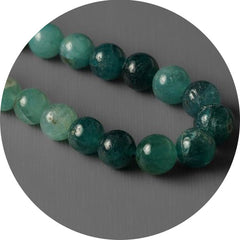 Grandidierite (7)
Grandidierite (7)
 Grape agate (114)
Grape agate (114)
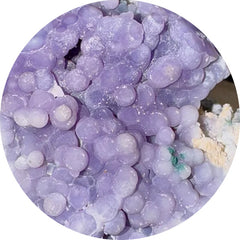 Grape chalcedony (4)
Grape chalcedony (4)
 Green gemstones (459)
Green gemstones (459)
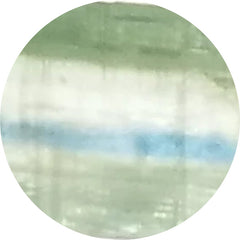 Green kyanite (7)
Green kyanite (7)
 Green prase opal (8)
Green prase opal (8)
 Green tourmaline (23)
Green tourmaline (23)
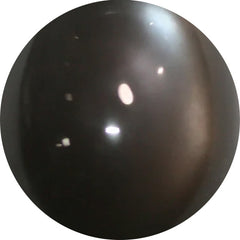 Grey moonstone (31)
Grey moonstone (31)
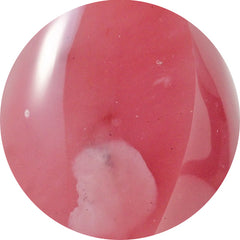 Guava quartz (6)
Guava quartz (6)
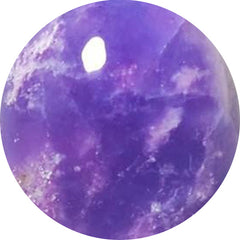 Hackmanite (11)
Hackmanite (11)
 Heart carving (350)
Heart carving (350)
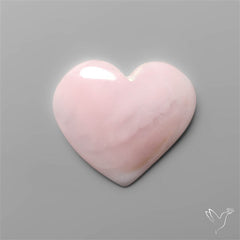 Heart shape gemstones (3)
Heart shape gemstones (3)
 Heliodor (0)
Heliodor (0)
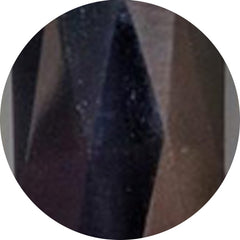 Hematite (37)
Hematite (37)
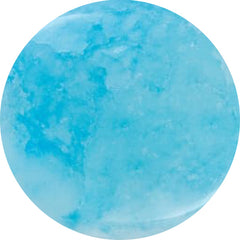 Hemimorphite (54)
Hemimorphite (54)
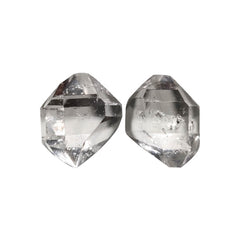 Herkimer diamond (38)
Herkimer diamond (38)
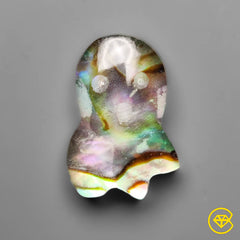 Himalayan quartz (434)
Himalayan quartz (434)
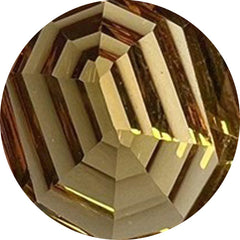 Honey quartz (19)
Honey quartz (19)
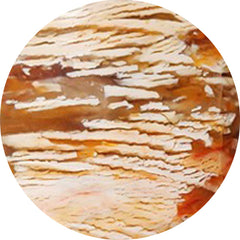 Howardite opal (28)
Howardite opal (28)
 Howlite (5)
Howlite (5)
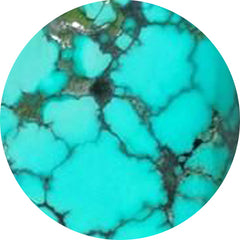 Hubei turquoise (48)
Hubei turquoise (48)
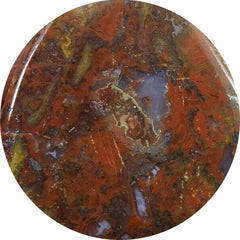 Hungarian agate (1)
Hungarian agate (1)
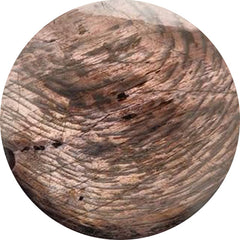 Hypersthene (42)
Hypersthene (42)
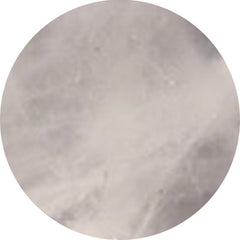 Ice quartz (1)
Ice quartz (1)
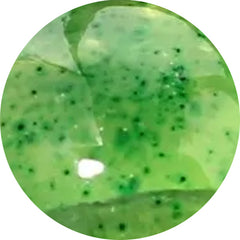 Idocrase (1)
Idocrase (1)
 Imperial jasper (115)
Imperial jasper (115)
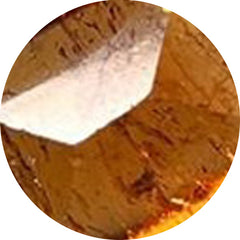 Imperial topaz (0)
Imperial topaz (0)
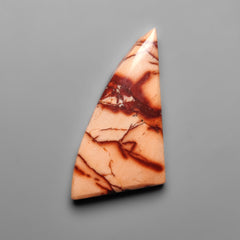 Indian paint stone (5)
Indian paint stone (5)
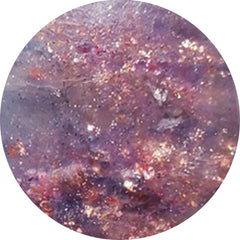 Iolite (168)
Iolite (168)
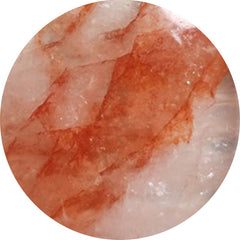 Iron quartz (48)
Iron quartz (48)
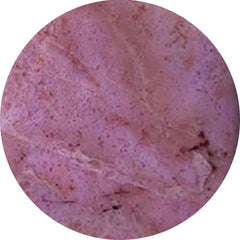 Jade (34)
Jade (34)
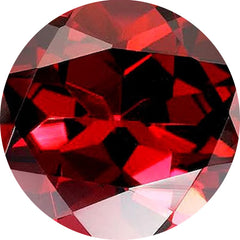 January birthstone (445)
January birthstone (445)
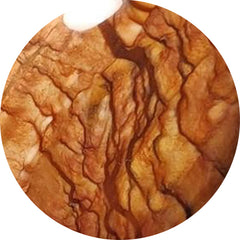 Jaspers (30)
Jaspers (30)
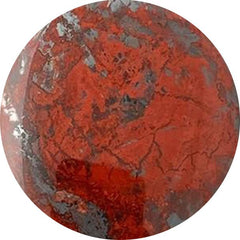 Jaspillite (3)
Jaspillite (3)
 Java chalcedony (16)
Java chalcedony (16)
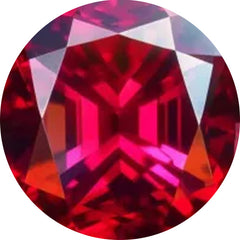 July birthstone (545)
July birthstone (545)
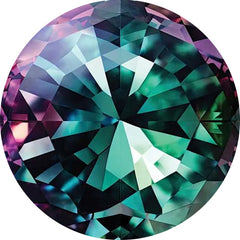 June birthstones: moonstone, pearl, and alexandrite (1053)
June birthstones: moonstone, pearl, and alexandrite (1053)
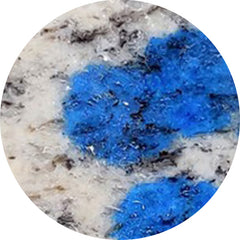 K2 jasper (7)
K2 jasper (7)
 Kaleidoscope agate (0)
Kaleidoscope agate (0)
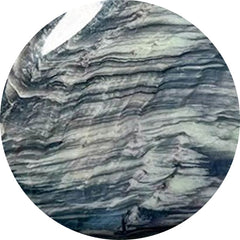 Kammererite (103)
Kammererite (103)
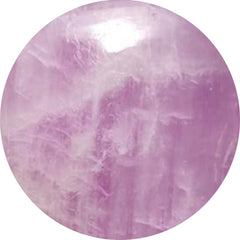 Kunzite (7)
Kunzite (7)
 Kyanite (106)
Kyanite (106)
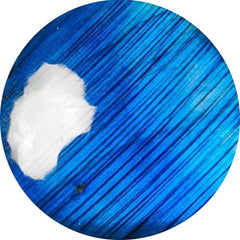 Labradorite (274)
Labradorite (274)
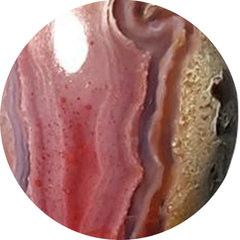 Laguna lace agate (62)
Laguna lace agate (62)
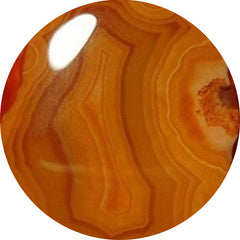 Lake superior agate (24)
Lake superior agate (24)
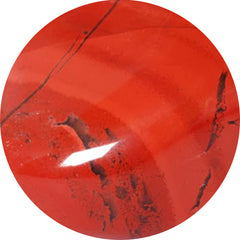 Landscape jasper (0)
Landscape jasper (0)
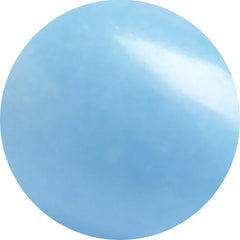 Langite (0)
Langite (0)
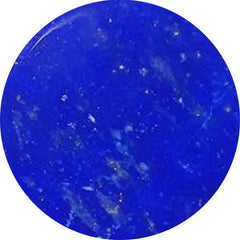 Lapis lazuli (160)
Lapis lazuli (160)
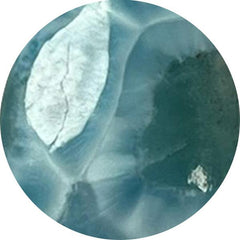 Larimar (116)
Larimar (116)
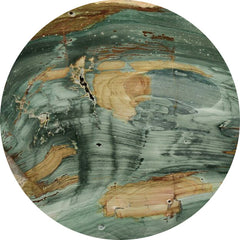 Larsonite (17)
Larsonite (17)
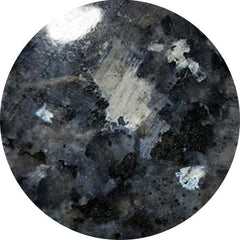 Larvikite feldspar (47)
Larvikite feldspar (47)
 Lavender chalcedony (17)
Lavender chalcedony (17)
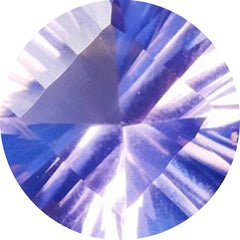 Lavender quartz (5)
Lavender quartz (5)
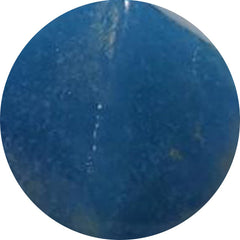 Lazulite (8)
Lazulite (8)
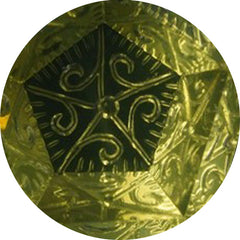 Lemon quartz (44)
Lemon quartz (44)
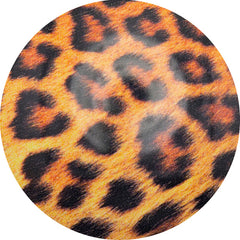 Leopard skin shell (0)
Leopard skin shell (0)
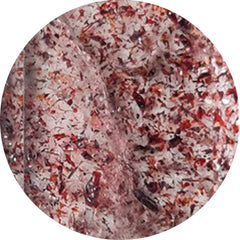 Lepidocrocite (54)
Lepidocrocite (54)
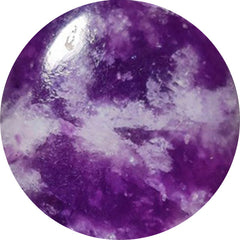 Lepidolite (79)
Lepidolite (79)
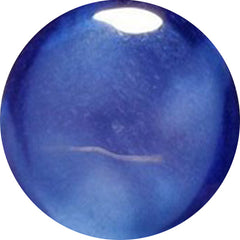 Lindy star sapphire (0)
Lindy star sapphire (0)
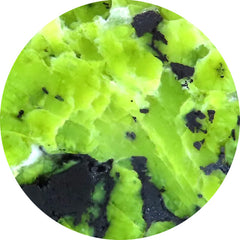 Lizardite (55)
Lizardite (55)
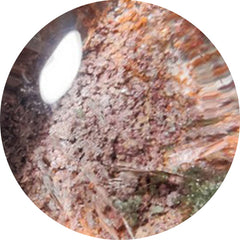 Lodolite (90)
Lodolite (90)
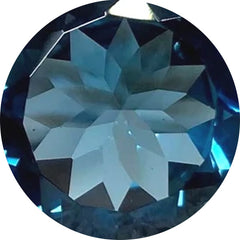 London blue topaz (10)
London blue topaz (10)
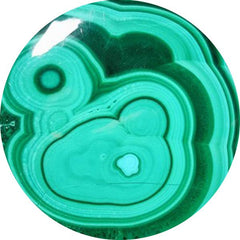 Malachite (576)
Malachite (576)
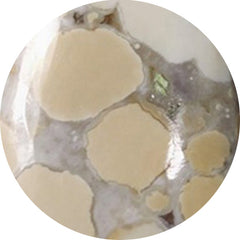 Maligano jasper (71)
Maligano jasper (71)
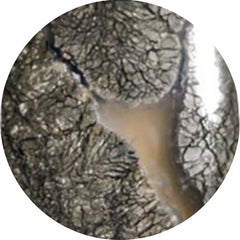 Marcasite (28)
Marcasite (28)
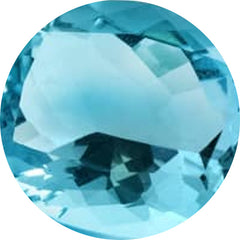 March birthstone (1480)
March birthstone (1480)
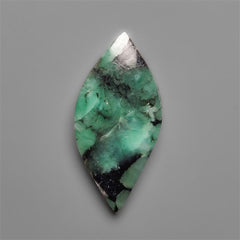 Marquise shape gemstones (5)
Marquise shape gemstones (5)
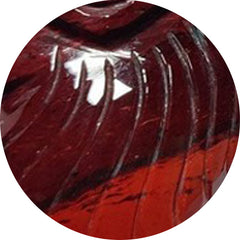 Mary ellen jasper (0)
Mary ellen jasper (0)
 Maw sit sit (15)
Maw sit sit (15)
 May birthstone (481)
May birthstone (481)
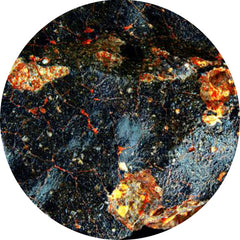 Meteorite (23)
Meteorite (23)
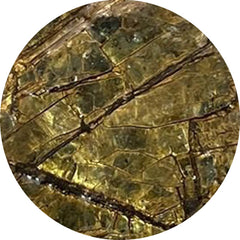 Mica (42)
Mica (42)
 Midnight quartzite (20)
Midnight quartzite (20)
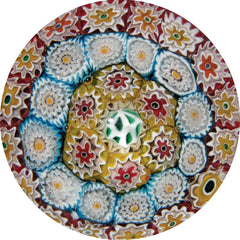 Millefiori glass (2)
Millefiori glass (2)
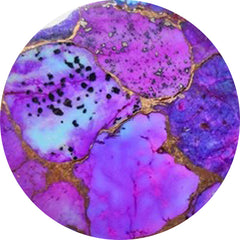 Mohave turquoise (55)
Mohave turquoise (55)
 Mohawkites (20)
Mohawkites (20)
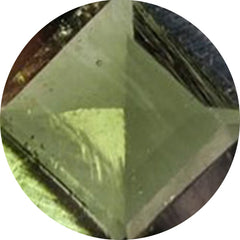 Moldavite (47)
Moldavite (47)
 Monarch opal (28)
Monarch opal (28)
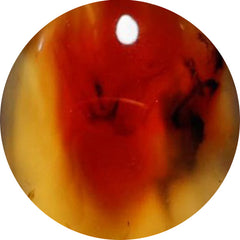 Montana agate (82)
Montana agate (82)
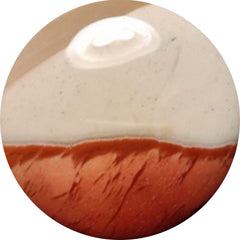 Mookaite (55)
Mookaite (55)
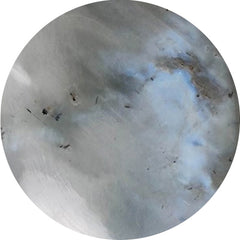 Moonstone (401)
Moonstone (401)
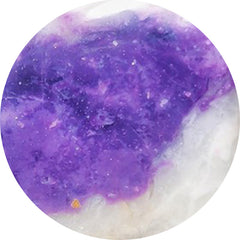 Morado opal (1)
Morado opal (1)
 Morenci turquoise (40)
Morenci turquoise (40)
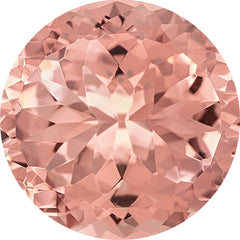 Morganite (0)
Morganite (0)
 Moroccan seam agate (117)
Moroccan seam agate (117)
 Moss agate (398)
Moss agate (398)
 Mother of pearl (525)
Mother of pearl (525)
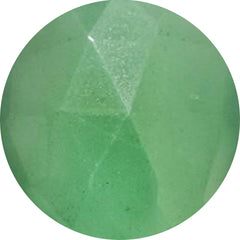 Mtorolite (46)
Mtorolite (46)
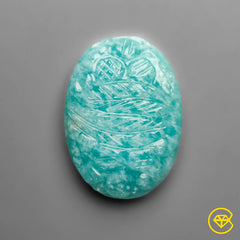 Mughal carving (456)
Mughal carving (456)
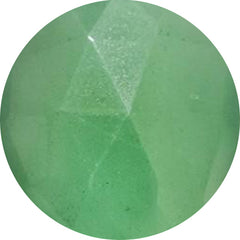 Muscovite (21)
Muscovite (21)
 Mystic quartz (1)
Mystic quartz (1)
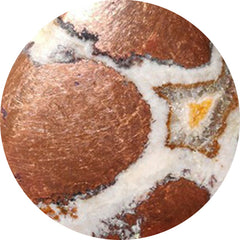 Native copper (39)
Native copper (39)
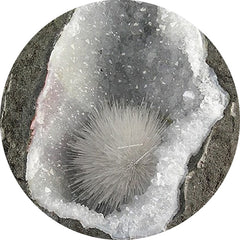 Natrolite (26)
Natrolite (26)
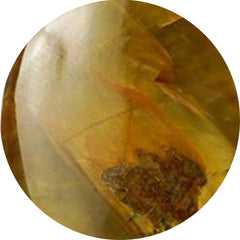 Nellite (5)
Nellite (5)
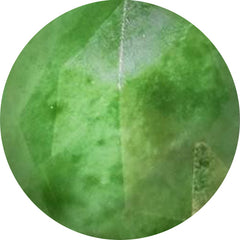 Nephrite jade (3)
Nephrite jade (3)
 New arrivals (433)
New arrivals (433)
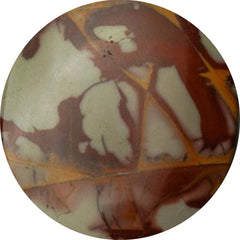 Noreena jasper (29)
Noreena jasper (29)
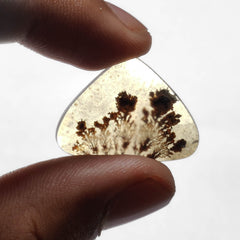 November birthstone (162)
November birthstone (162)
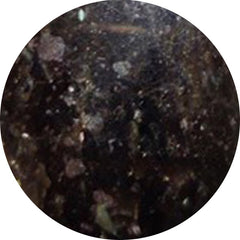 Nuummite (2)
Nuummite (2)
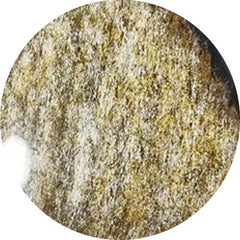 Obsidian (347)
Obsidian (347)
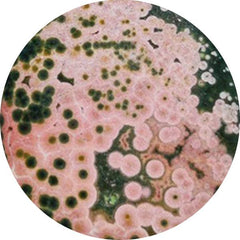 Ocean jasper (256)
Ocean jasper (256)
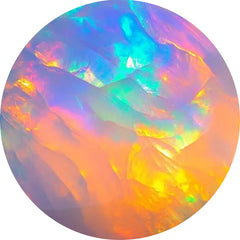 October birthstone (1351)
October birthstone (1351)
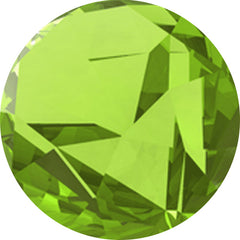 Olive quartz (5)
Olive quartz (5)
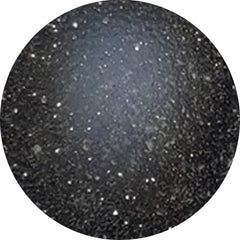 Onyx (286)
Onyx (286)
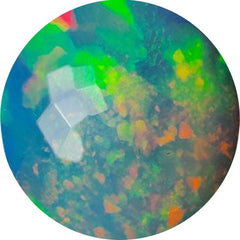 Opal (1126)
Opal (1126)
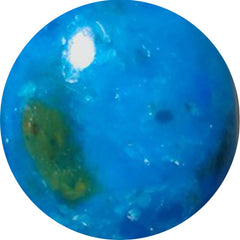 Opalina (11)
Opalina (11)
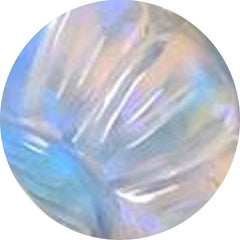 Opalite (29)
Opalite (29)
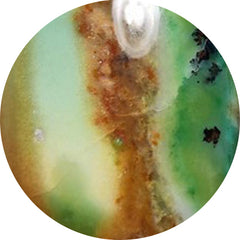 Opalwood (5)
Opalwood (5)
 Orange gemstones (368)
Orange gemstones (368)
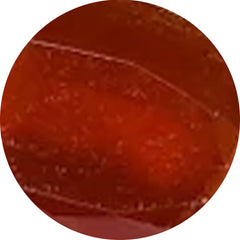 Orange kyanite (2)
Orange kyanite (2)
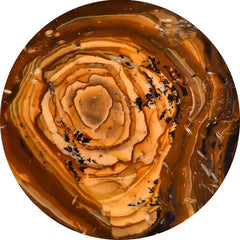 Oregon jasper (7)
Oregon jasper (7)
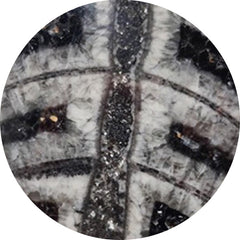 Orthoceras fossil (36)
Orthoceras fossil (36)
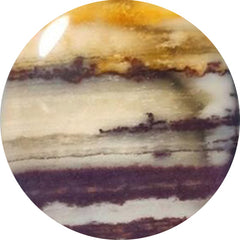 Outback jasper (5)
Outback jasper (5)
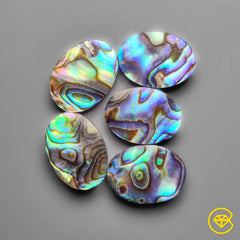 Oval shape gemstones (6)
Oval shape gemstones (6)
 Over $50 (492)
Over $50 (492)
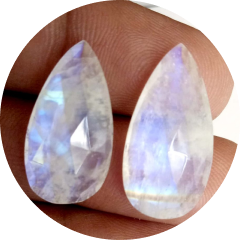 Pairs (939)
Pairs (939)
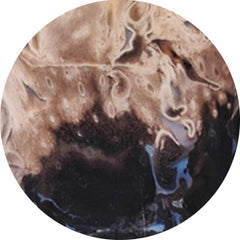 Palmroot agate (91)
Palmroot agate (91)
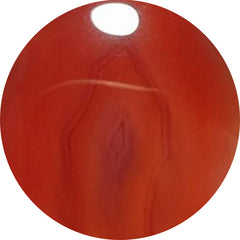 Passion agate (1)
Passion agate (1)
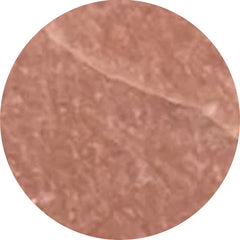 Peach moonstone (44)
Peach moonstone (44)
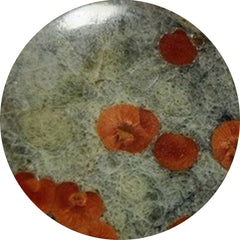 Peanut obsidian (40)
Peanut obsidian (40)
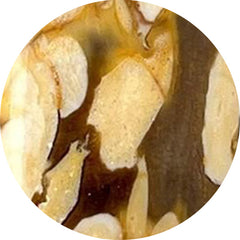 Peanut wood jasper (179)
Peanut wood jasper (179)
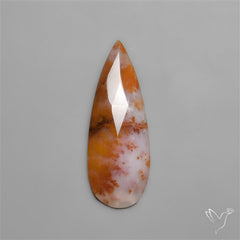 Pear shape gemstones (9)
Pear shape gemstones (9)
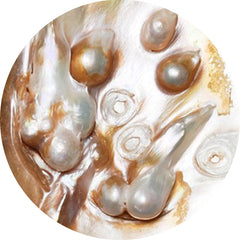 Pearl (652)
Pearl (652)
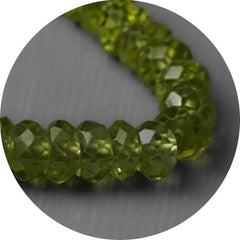 Peridot (65)
Peridot (65)
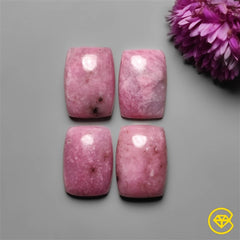 Petalite (25)
Petalite (25)
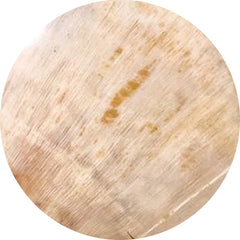 Petrified wood (53)
Petrified wood (53)
 Phosphosiderite (93)
Phosphosiderite (93)
 Picasso jasper (96)
Picasso jasper (96)
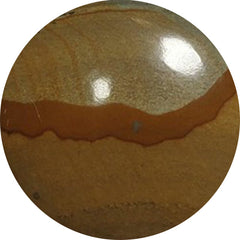 Picture jasper (96)
Picture jasper (96)
 Pietersite (47)
Pietersite (47)
 Pink gemstones (476)
Pink gemstones (476)
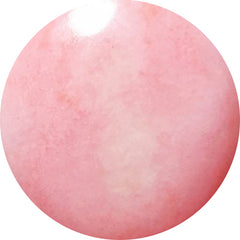 Pink opal (147)
Pink opal (147)
 Pink tourmaline (89)
Pink tourmaline (89)
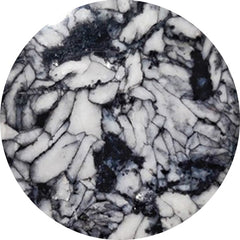 Pinolith (35)
Pinolith (35)
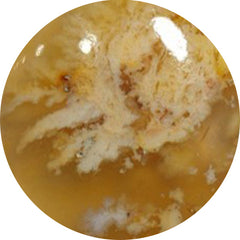 Plume agate (96)
Plume agate (96)
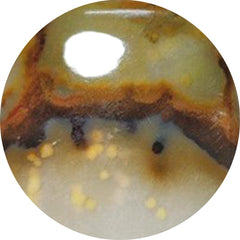 Polka dot agate (42)
Polka dot agate (42)
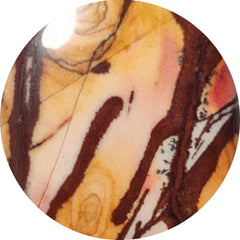 Polychrome jasper (44)
Polychrome jasper (44)
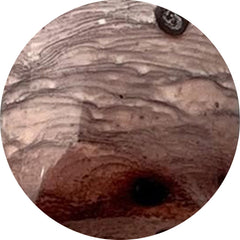 Porcelain jasper (30)
Porcelain jasper (30)
 Prasiolite (54)
Prasiolite (54)
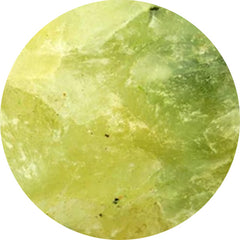 Prehnite (22)
Prehnite (22)
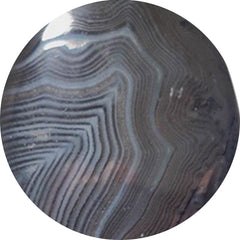 Psilomelane (23)
Psilomelane (23)
 Purple chalcedony (44)
Purple chalcedony (44)
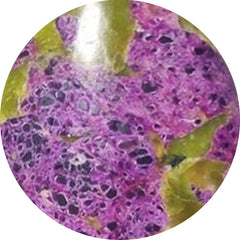 Purpurite (7)
Purpurite (7)
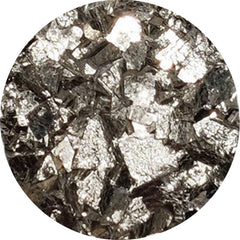 Pyrite (147)
Pyrite (147)
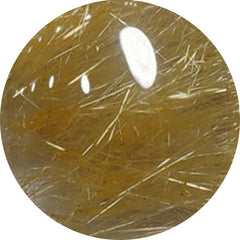 Quartz (131)
Quartz (131)
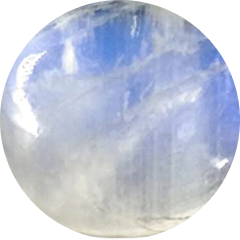 Rain moonstones (0)
Rain moonstones (0)
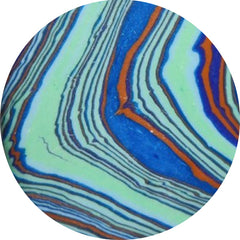 Rainbow calcilica (11)
Rainbow calcilica (11)
 Rainbow moonstone (92)
Rainbow moonstone (92)
 Red coral (8)
Red coral (8)
 Red fossil (0)
Red fossil (0)
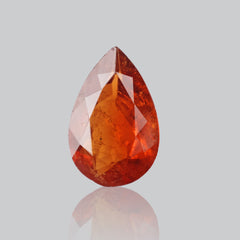 Red gemstones (363)
Red gemstones (363)
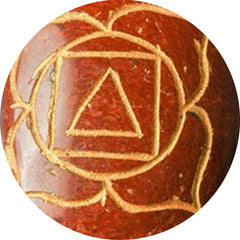 Red jasper (3)
Red jasper (3)
 Red moss agate (77)
Red moss agate (77)
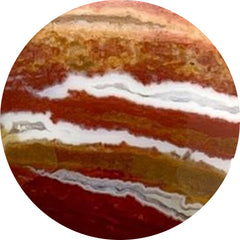 Red river jasper (17)
Red river jasper (17)
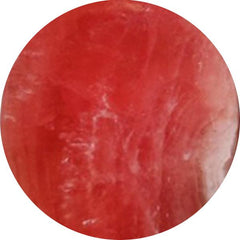 Rhodochrosite (405)
Rhodochrosite (405)
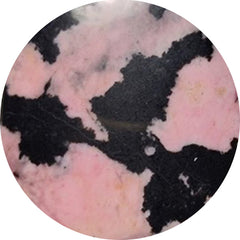 Rhodonite (91)
Rhodonite (91)
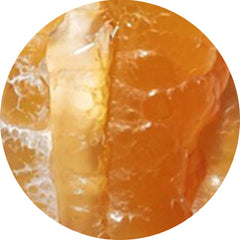 Rock chalcedony (2)
Rock chalcedony (2)
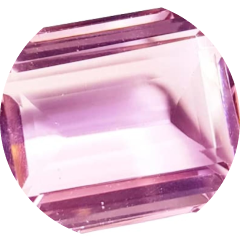 Rose cut gemstones (748)
Rose cut gemstones (748)
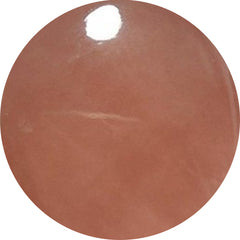 Rose quartz (53)
Rose quartz (53)
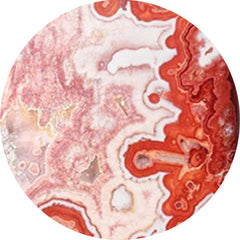 Rosita jasper (10)
Rosita jasper (10)
 Round shape gemstones (6)
Round shape gemstones (6)
 Ruby (197)
Ruby (197)
 Ruby in fuchsite (6)
Ruby in fuchsite (6)
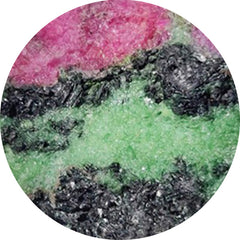 Ruby in zoisite (91)
Ruby in zoisite (91)
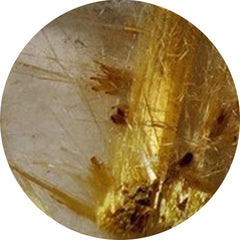 Rutilated quartz (260)
Rutilated quartz (260)
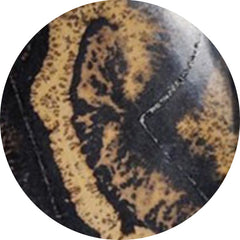 Sage brush jasper (27)
Sage brush jasper (27)
 Sand dollar fossil (3)
Sand dollar fossil (3)
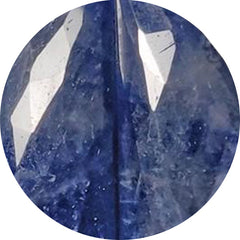 Sapphire (33)
Sapphire (33)
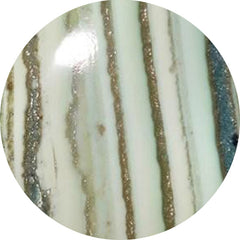 Saturn chalcedony (57)
Saturn chalcedony (57)
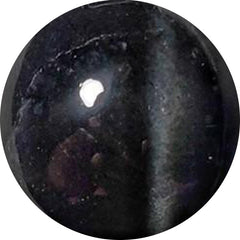 Scapolite (12)
Scapolite (12)
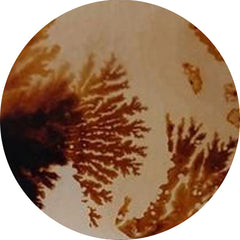 Scenic agate (97)
Scenic agate (97)
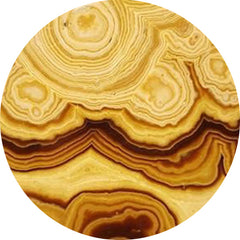 Schalenblende (89)
Schalenblende (89)
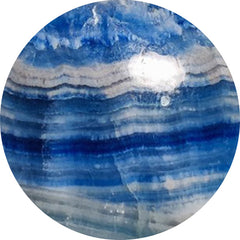 Scheelite (37)
Scheelite (37)
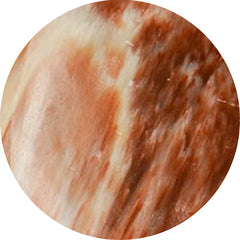 Scolecite (53)
Scolecite (53)
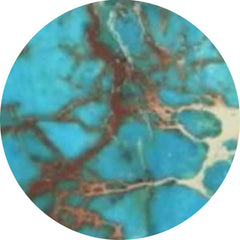 Sea sediment jasper (0)
Sea sediment jasper (0)
 Selenite (13)
Selenite (13)
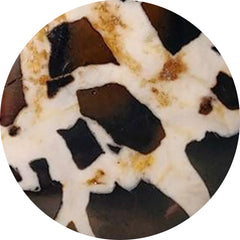 Septarian (93)
Septarian (93)
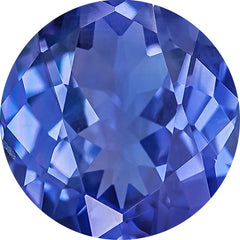 September birthstone (195)
September birthstone (195)
 Seraphinite (80)
Seraphinite (80)
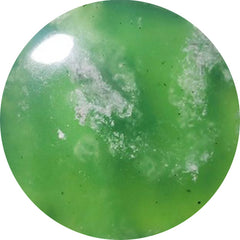 Serpentine (162)
Serpentine (162)
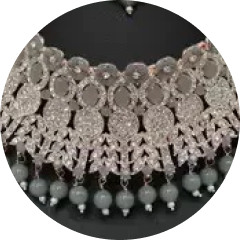 Sets (70)
Sets (70)
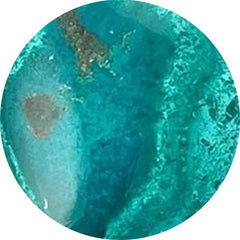 Shattuckite (277)
Shattuckite (277)
 Shell (307)
Shell (307)
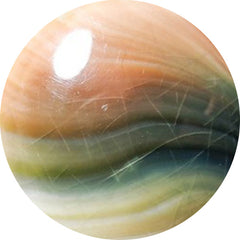 Shiva eye shell (60)
Shiva eye shell (60)
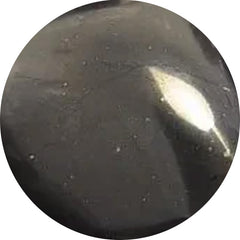 Shungite (4)
Shungite (4)
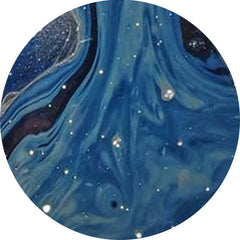 Sieber agate (0)
Sieber agate (0)
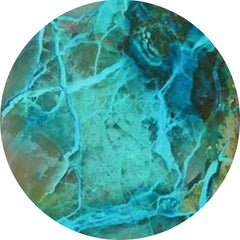 Silica (4)
Silica (4)
 Silver leaf jasper (5)
Silver leaf jasper (5)
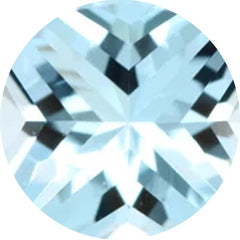 Sky blue topaz (5)
Sky blue topaz (5)
 Smithsonite (29)
Smithsonite (29)
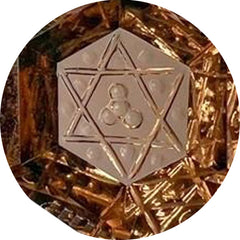 Smoky quartz (23)
Smoky quartz (23)
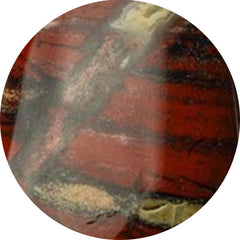 Snakeskin jasper (48)
Snakeskin jasper (48)
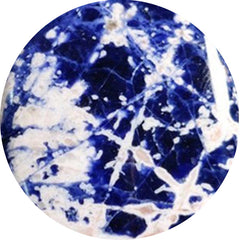 Sodalite (70)
Sodalite (70)
 Solar agate (3)
Solar agate (3)
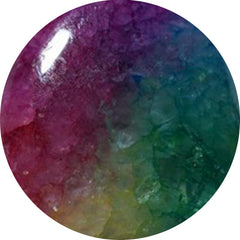 Solar quartz (62)
Solar quartz (62)
 Spectrolite (119)
Spectrolite (119)
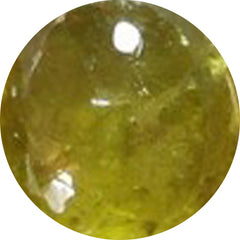 Sphence (25)
Sphence (25)
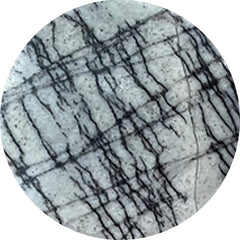 Spiderweb jasper (1)
Spiderweb jasper (1)
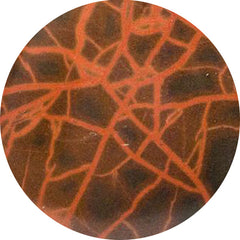 Spiderwoman jasper (0)
Spiderwoman jasper (0)
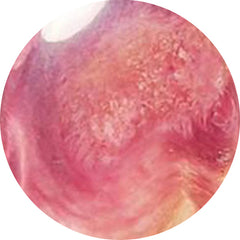 Spiny oyster shell (66)
Spiny oyster shell (66)
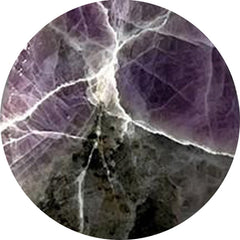 Spurrite (7)
Spurrite (7)
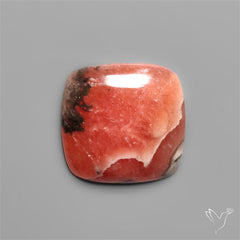 Square shape gemstones (10)
Square shape gemstones (10)
 Starburst (2)
Starburst (2)
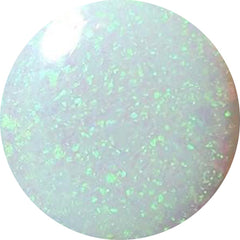 Sterling opal (11)
Sterling opal (11)
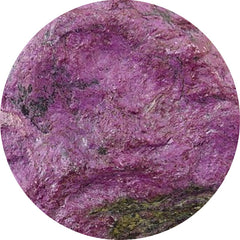 Stichtite (37)
Stichtite (37)
 Stick agate (5)
Stick agate (5)
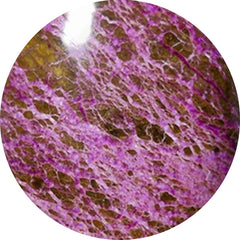 Stitchtite (123)
Stitchtite (123)
 Stramatolite (0)
Stramatolite (0)
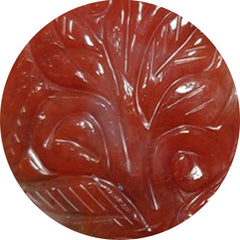 Strawberry quartz (7)
Strawberry quartz (7)
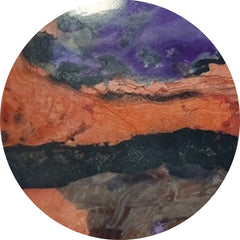 Sugilite (0)
Sugilite (0)
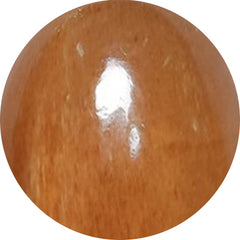 Sunstone (269)
Sunstone (269)
 Surfite (2)
Surfite (2)
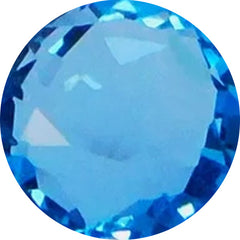 Swiss blue topaz (32)
Swiss blue topaz (32)
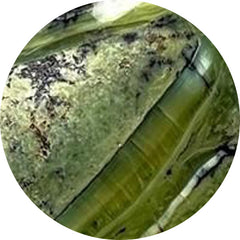 Swiss opal (3)
Swiss opal (3)
 Tanzanite (51)
Tanzanite (51)
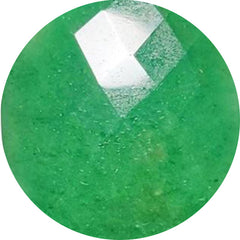 Tanzurine (11)
Tanzurine (11)
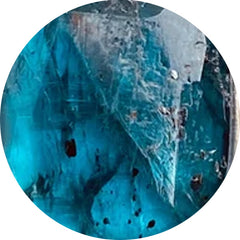 Teal kyanite (10)
Teal kyanite (10)
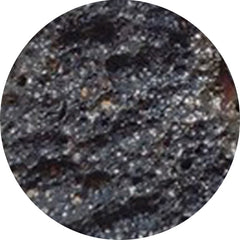 Tektite (42)
Tektite (42)
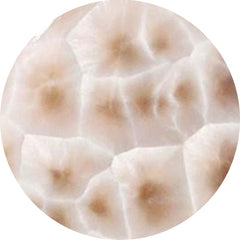 Thomsonite (35)
Thomsonite (35)
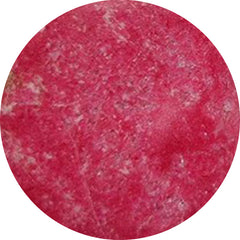 Thulite (79)
Thulite (79)
 Thunder egg agate (0)
Thunder egg agate (0)
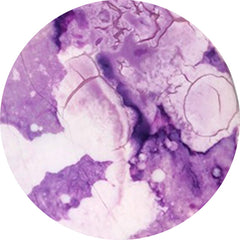 Tiffany stone (6)
Tiffany stone (6)
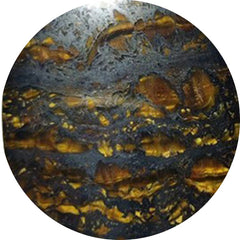 Tiger eye (66)
Tiger eye (66)
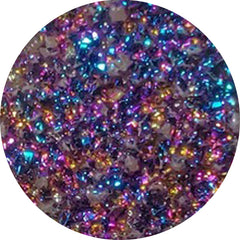 Titanium druzy (5)
Titanium druzy (5)
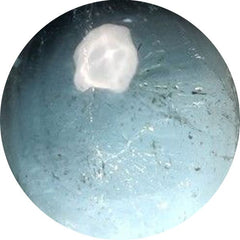 Topaz (55)
Topaz (55)
 Tourmaline (237)
Tourmaline (237)
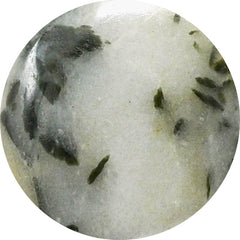 Tourmaline in quartz (84)
Tourmaline in quartz (84)
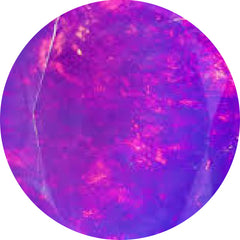 Treated opal (52)
Treated opal (52)
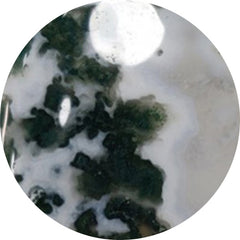 Tree agate (42)
Tree agate (42)
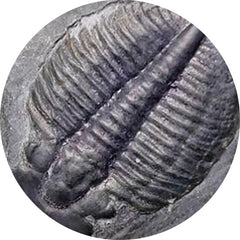 Trilobite fossil (17)
Trilobite fossil (17)
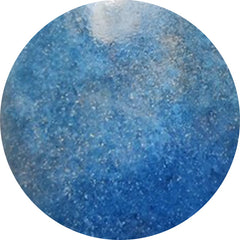 Trolleite quartz (29)
Trolleite quartz (29)
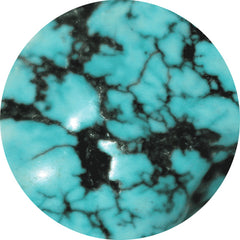 Tumbles (1)
Tumbles (1)
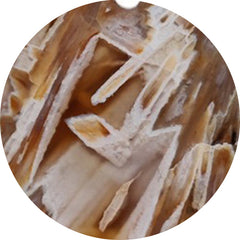 Turkish tube agate (64)
Turkish tube agate (64)
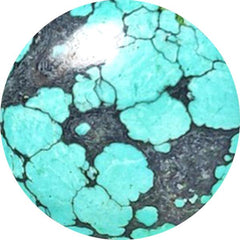 Turquoise (235)
Turquoise (235)
 Turritella jasper (3)
Turritella jasper (3)
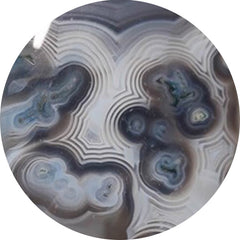 Tuxedo agate (64)
Tuxedo agate (64)
 Unakite (3)
Unakite (3)
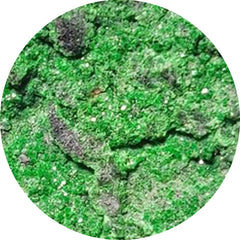 Uvarovite garnet (3)
Uvarovite garnet (3)
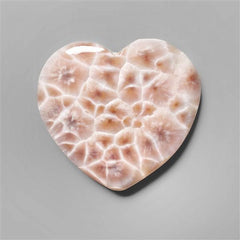 Valentine (807)
Valentine (807)
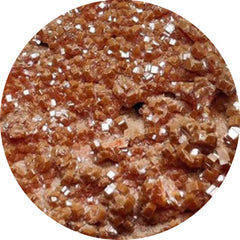 Vanadinite druzy (9)
Vanadinite druzy (9)
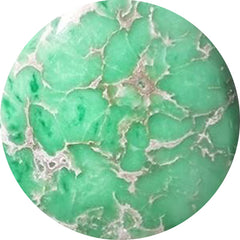 Variscite (159)
Variscite (159)
 Vesuvianite (1)
Vesuvianite (1)
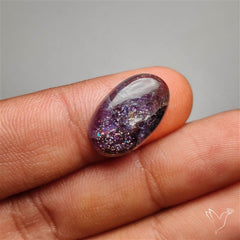 Video collection (247)
Video collection (247)
 Vivianite (1)
Vivianite (1)
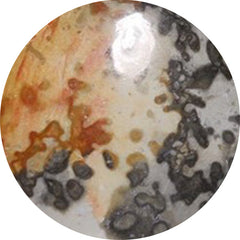 Volcanic cotham marble (7)
Volcanic cotham marble (7)
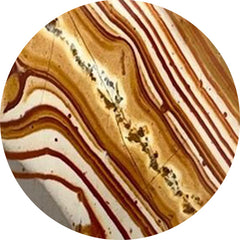 Wagul jasper (3)
Wagul jasper (3)
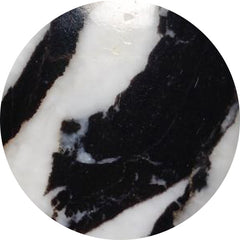 White buffalo turquoise (13)
White buffalo turquoise (13)
 White gemstones (1209)
White gemstones (1209)
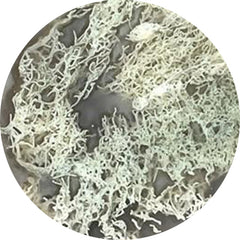 White horse canyon (45)
White horse canyon (45)
 White moonstone (35)
White moonstone (35)
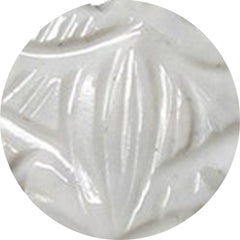 White opal (12)
White opal (12)
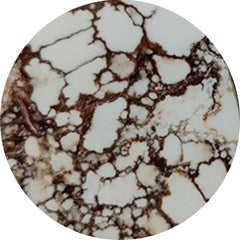 Wild horse jasper (119)
Wild horse jasper (119)
 Wild horse magnesite (49)
Wild horse magnesite (49)
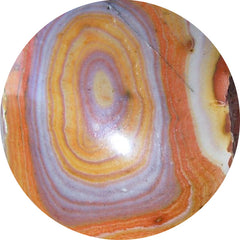 Wonder stone (0)
Wonder stone (0)
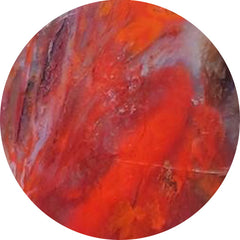 Wood (208)
Wood (208)
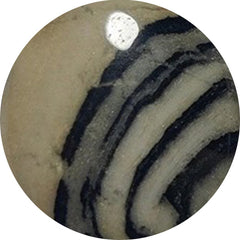 Yavapai travertine (0)
Yavapai travertine (0)
 Yellow gemstones (170)
Yellow gemstones (170)
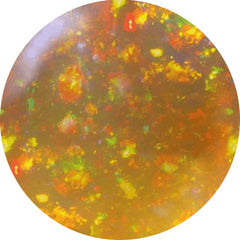 Yellow opal (7)
Yellow opal (7)
 Yellow sapphire (6)
Yellow sapphire (6)
 Yemeni aqeeq (0)
Yemeni aqeeq (0)
 Zarinite (0)
Zarinite (0)
 Zebra jasper (1)
Zebra jasper (1)
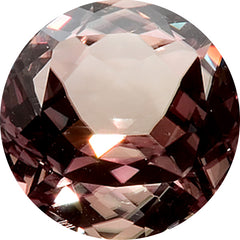 Zultanite (4)
Zultanite (4)



































Leave a Comment